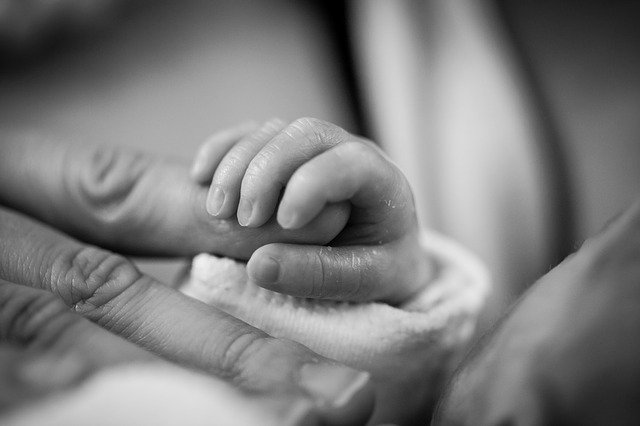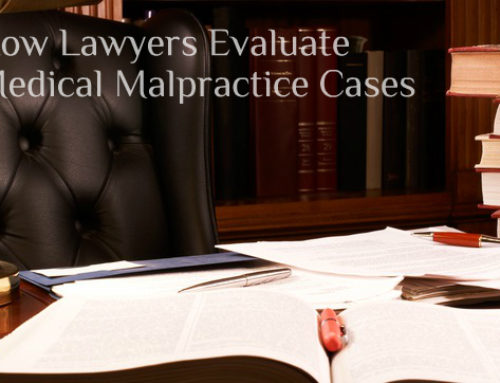It’s difficult to contemplate the horror a mother faces in finding out her child has been injured during the birth process. Second to that is the dread that any complication during labor may reveal future issues.
This type of fear is as big as the person is willing to dedicate time to it. And for the uninformed, every problem becomes a sign of something deeper and more horrible. To ease this pressure, it’s best to have a framework for what types of symptoms to look for and at what time frames. Remember, birth injuries are rare, and many symptoms are one-offs or non-chronic.
Studies have shown that obsession in observation of children for symptoms leads to a lower overall quality of life. Be vigilant but be reasonable when cataloging symptoms.
Symptoms of Physical Birth Injury
With symptoms of physical injury, the damage is more apparent and usually shows up earlier. Even though a baby can’t exactly communicate what’s wrong, pain is more obviously telegraphed.
Not all symptoms indicate a deeper issue or a trauma. Work with your doctor and staff to ensure the best care of you and your child. Even if you suspect something is wrong, its better to take immediate care and follow instructions.
The following symptoms are listed by if they will show up during or slightly after the birth or takes some time to develop.
Immediate Onset
The length of labor has little to do with potential problems within a fairly wide window. The extremes (under 2 hours and more than 60) are the only immediate cause for concern to be extra vigilant of issues related to oxygen deprivation and circulation.
Immediately after birth a you want to look for issues with breathing and with heartrate. Too fast and too slow in either require additional treatment and could be caused by underlying conditions worth exploring.
Fractures, paralysis, and strange skin coloring come next. Limpness in a limb follow. Finally, you want to be aware of issues with sleeping or lack of appetite.
These physical symptoms can occur anytime directly after birth to withing a few days. It’s rare for a symptom of this type to show up after the standard rest and release schedule from the hospital.
Late Onset
Not all damage, even physical damage is obvious. The rapid growth and lack of direct communication from a newborn to a toddler can mask underlying issues. Other issues (such as balance or speech impediments) are not obvious until later, when they’re late development or lack of development become apparent.
In this group you look for small but involuntary muscle twitches. Later percentile development milestones in speech and mobility, and poor responses to sound and light.
If you experienced a complication with respiration or circulation, certain treatments used to confront those issues can cause further injury later on.
Finally, a lack of weight gain and reluctance or problems with eating can point to an initial injury.
Find Support
Stay in contact with your medical provider and ask frequent questions. Birth injury not only creates lifelong issues, but it is actionable if the hospital fails to address the issues or take responsibility. It can be painful to engage with the same people you suspect caused a problem, but its important that you do everything you can for your child.
If you suspect a birth injury occurred and inadequate treatment was given, contact us. We’re here to help.













